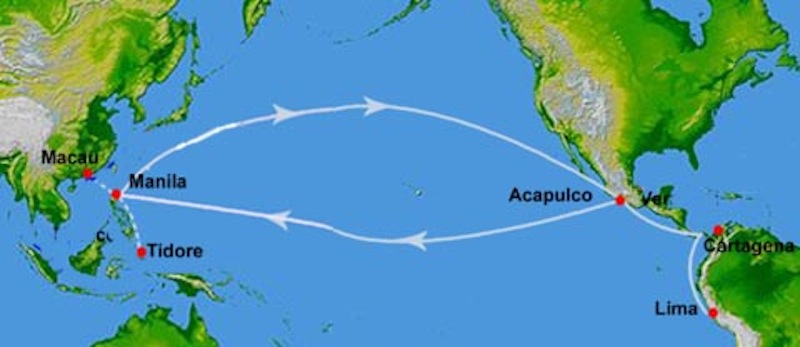genedigger
Member
thaibliss that is one wild looking plant!!!i dig!!how did you get that from a seed co.?which one if you did?
You know for years I’ve read online that Santa Marta Gold was actually an indica imported from Afghanistan by Colombian drug lords to create a “super weed” for export. When I’ve grown it out it grew like an equatorial sativa and the effect is nothing like a traditional indica. Do you guys think there’s any truth in that? Do you think it started as an indica and “acclimated” into a long flowering sativa over the years? What is your opinion about this exotic treat?
Not a chance, the DNA says they are not related.
Columbian originated from India or Africa, NLD varieties.
Most African originated from Indian or Asian NLD varieties.
NLD, or "Sativa" Narrow Leaf Drug varieties.
Vs the WLD, Wide Leaf Drug varieties, "Indica" found in Afghanistan and the surrounding areas. There are also WLH, Wide Lead Hemp and NLH, Narrow Leaf Hemp, but Columbian is a drug variety.
-SamS
You know for years I’ve read online that Santa Marta Gold was actually an indica imported from Afghanistan by Colombian drug lords to create a “super weed” for export. When I’ve grown it out it grew like an equatorial sativa and the effect is nothing like a traditional indica. Do you guys think there’s any truth in that? Do you think it started as an indica and “acclimated” into a long flowering sativa over the years? What is your opinion about this exotic treat?
ive read that the spanish when they were exploring (converting the natives)in mexico in the 1500s they brought cannabis seeds with them and spread the hemp around.if this is true then wouldnt those genetics in mexico have originated in northern africa or europe?it could be bullshit but the spanish were known for exporting and importing all kinds of shit back an forth over the ocean when they were checking out the world they thought was new even though folks had been living there for thousands of years.
Columbian originated from India or Africa, NLD varieties.
Most African originated from Indian or Asian NLD varieties.



Mangifera indica L. originated in a region including the north-eastern part of India (Assam), the western part of Myanmar, and Bangladesh. The mango was domesticated in this region and has been cultivated in India for 4000 years. Cultivation spread first to Malaysia and South-East Asia, supposedly expanded by Buddhist monks. Purseglove suggested that Phoenicians and Arabs spread the crop from India to East-Africa where it has been cultivated since the Xth century. According to Mukherjee (1997), the global spread of mango outside its original centres of domestication probably did not occur until the beginning of the European voyages of the XVth and XVIth centuries, when the Portuguese took the mango to West-Africa and from there to Brazil at the beginning of the XVIIIth century, and when the Spanish introduced polyembryonic mango types from The Philippines to Central America through the Pacific trading ports of Mexico and Panama.
In the West Indies, the first introduction reported was to Barbados during the XVIIIth century, then to Jamaica where it was obtained from a French ship plying between Mauritius and Haiti, highlighting the role of French traders in introducing the crop to the West Indies. During this period it is probable that all English, Spanish, French and Dutch, who were fighting over the Caribbean dominion, played an active part in spreading the mango throughout the region.
Since the thriving galleon trade between New Spain and the Philippines first brought seedlings of the Manila mango to Acapulco more than 200 years ago, Mexico has gradually made the fruit its own.
It now wants to officially adopt the name – but the Philippine government is fighting for custody.
The so-called Manila Galleon ("Nao de China" or "Nao de Acapulco") brought porcelain, silk, ivory, spices, and myriad other exotic goods from China to Mexico in exchange for New World silver. (It is estimated that as much as one-third of the silver mined in New Spain and Peru went to the Far East.)
On the return leg, the precious Asian wares traveled across the Pacific, via the Philippines (colonized by Spain in the late sixteenth century), to Acapulco on Mexico's west coast. They then crossed Mexico overland for shipment to Spain.